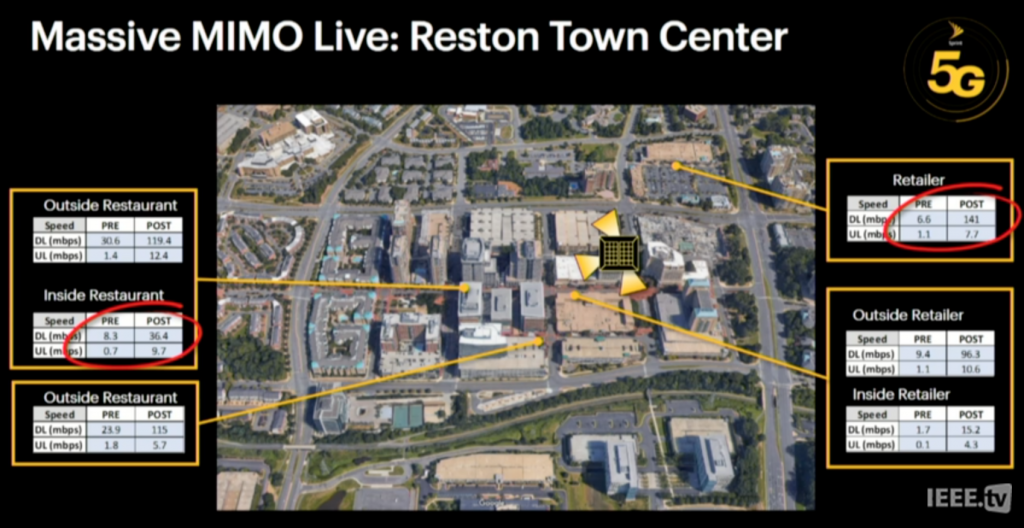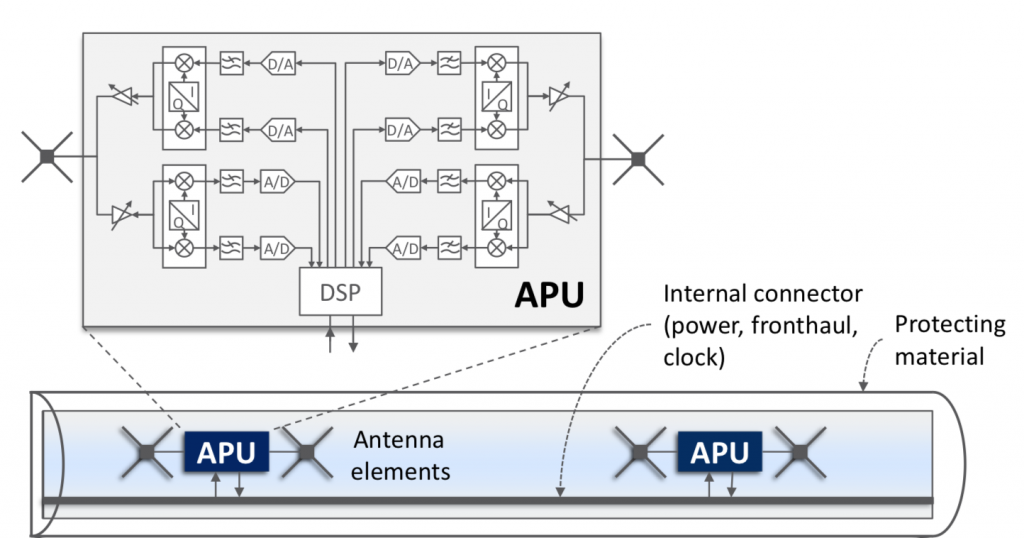In the news: Nokia delivers record 5G capacity gains through a software upgrade. No surprise! We expected, years ago, this would happen.
What does this software upgrade consist of? I can only speculate. It is, in all likelihood, more than the usual (and endless) operating system bugfixes we habitually think of as “software upgrades”. Could it be even something that goes to the core of what massive MIMO is? Replacing eigen-beamforming with true reciprocity-based beamforming?! Who knows. Replacing maximum-ratio processing with zero-forcing combining?! Or even more mind-boggling, implementing more sophisticated processing of the sort that has been stuffing the academic journals in the last years? We don’t know! But it will certainly be interesting to find out at some point, and it seems safe to assume that this race will continue.
A lot of improvement could be achieved over the baseline canonical massive MIMO processing. One could, for example, exploit fading correlation, develop improved power control algorithms or implement algorithms that learn the propagation environment, autonomously adapt, and predict the channels.
It might seem that research already squeezed every drop out of the physical layer, but I do not think so. Huge gains likely remain to be harvested when resources are tight, and especially we are limited by coherence: high carriers means short coherence, and high mobility might mean almost no coherence at all. When the system is starved of coherence, then even winning a couple of samples on the pilot channel means a lot. Room for new elegant theory in “closed form”? Good question. Could sound heartbreaking, but maybe we have to give up on that. Room for useful algorithms and innovation? Certainly yes. A lot. The race will continue.




